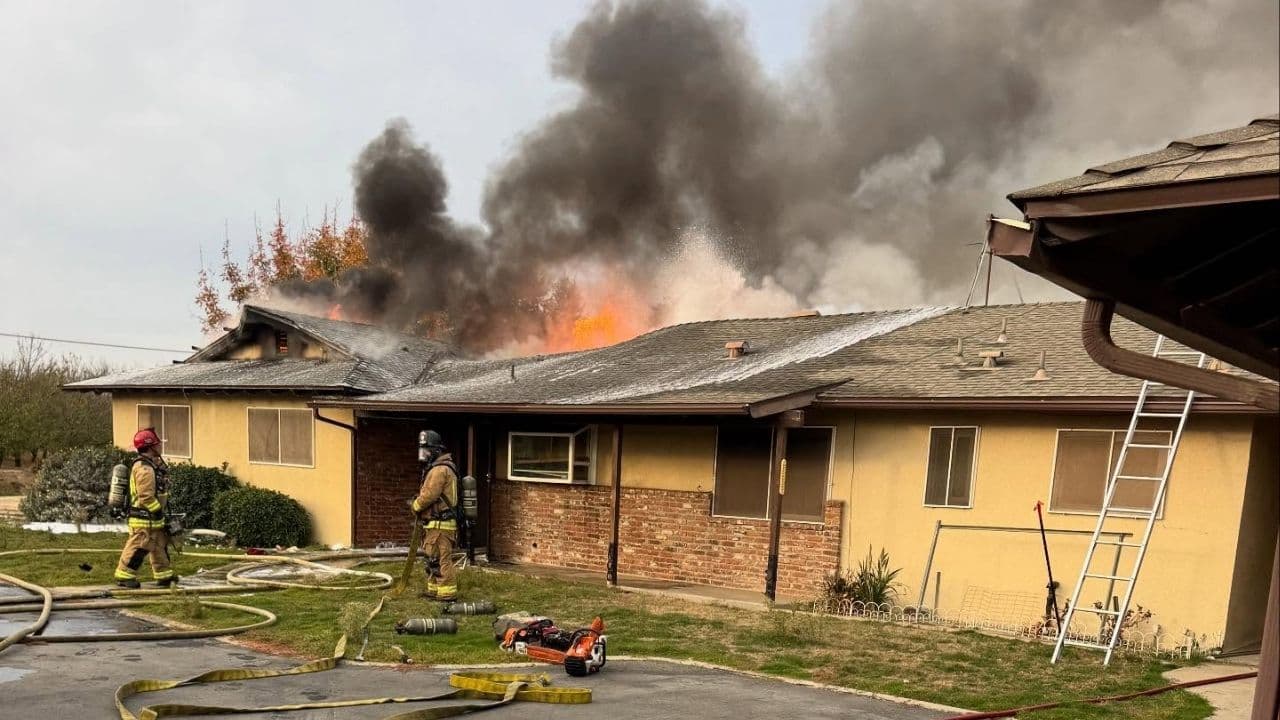Fresno's Shift to a Strong Mayor, What It Means Locally
On Nov. 5, 2025 KVPR published a short explainer in its Central Valley Roots series tracing why Fresno adopted a strong mayor system rather than a council manager form of government. The piece outlines historical changes, political debates, and how concentrated mayoral authority shapes budget priorities, development decisions, and accountability at city hall, issues that affect daily life for Fresno residents.
Listen to Article
Click play to generate audio

KVPR aired a concise audio feature on Nov. 5, 2025 in its Central Valley Roots series that traces the origins and ramifications of Fresno moving to a strong mayor form of government. The explainer charts the historical changes that led the city away from a council manager structure, notes the key political debates surrounding that shift, and highlights the implications for local policymaking today. It pairs archival context with expert commentary to situate the governance change within Fresno County politics.
The central takeaway for residents is how institutional design shapes which priorities rise to the top at city hall. Under a strong mayor system executive authority is concentrated in the mayoral office rather than being directed day to day by a professional city manager accountable primarily to the city council. That concentration alters how budgets are proposed and negotiated, how development projects are advanced, and where responsibility rests when decisions provoke controversy. Budget choices can reflect a mayoral agenda more directly, and development initiatives can be accelerated when the mayor makes them a priority.
The explainer also highlights the political debates that accompanied the change. Supporters of a strong mayor model have argued it provides clearer leadership and accountability by vesting responsibility in an elected official. Critics have warned that centralized power can sideline the broader council and reduce managerial independence. Those debates remain relevant as Fresno navigates tradeoffs between decisive executive action and distributed governance that seeks to check excess and ensure inclusive decision making.
For voters the institutional form affects civic engagement and electoral dynamics. Mayoral campaigns become focal moments for policy direction, and voter turnout and preferences in those contests can translate directly into budget and development outcomes. Community groups, neighborhood associations, and business interests may find themselves engaging the mayoral office more frequently to influence priorities and project approvals. At the same time, accountability mechanisms such as council oversight, public hearings, and media scrutiny take on renewed importance when power is centralized.
The KVPR piece serves as a primer for residents who want to understand why governance structure matters to everyday services and long term planning. As Fresno faces continued growth and budget pressures, the choice of a strong mayor system will shape which projects move forward, how public dollars are allocated, and how residents hold officials to account. For citizens and community organizations seeking to influence policy, the explainer underscores the need to engage both at the ballot box and in city hall processes to ensure transparency and responsiveness in local government.


